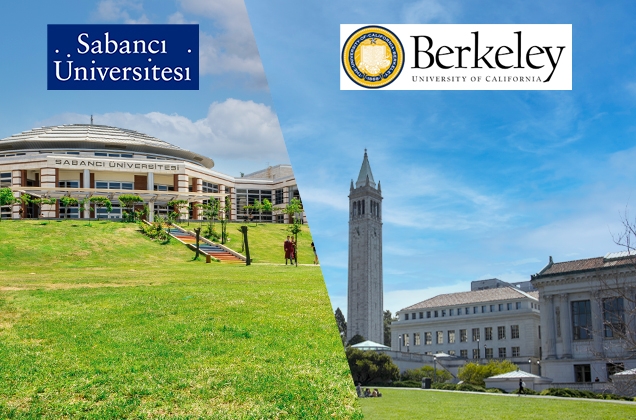09/06/2021
Sabancı University and UC Berkeley have signed an agreement for academic collaboration starting in Spring 2021.

09/06/2021
Sabancı University Faculty of Engineering and Natural Sciences will hold a special webinar entitled the “Future of Cryptographic Engineering” on June 18, 2021. The webinar will be online, and adding a different flavor to the usual online events, it will be held taking into account 4 different time zones convenient for the 6 scholars from 4 countries.
03/06/2021
Sabancı University Engineering and Natural Sciences Faculty Mechatronics Engineering 2015 graduate Atif Mahboob received 2021 Scientific Award from the prostep ivip, which is an international association that works towards developing innovative solutions and standards for Product Data Management and Virtual Product Creation.
02/06/2021
Three projects of faculty members from Sabancı University Faculty of Engineering and Natural Sciences (FENS) were found deserving of support in the framework of the TÜBİTAK 2247-A National Leading Researchers Program, which was launched in 2020.
02/06/2021
Our alumnus Zeynep Gürsoy tells her entrepreneurial story to gazeteSU: “I had a dream of creating a brand that made women feel strong, and encouraged them to live the life they wanted. I decided to create a women’s accessories brand for which I could put my design skills into play. I wanted to design handbags, which are always at women’s side like their best friends."